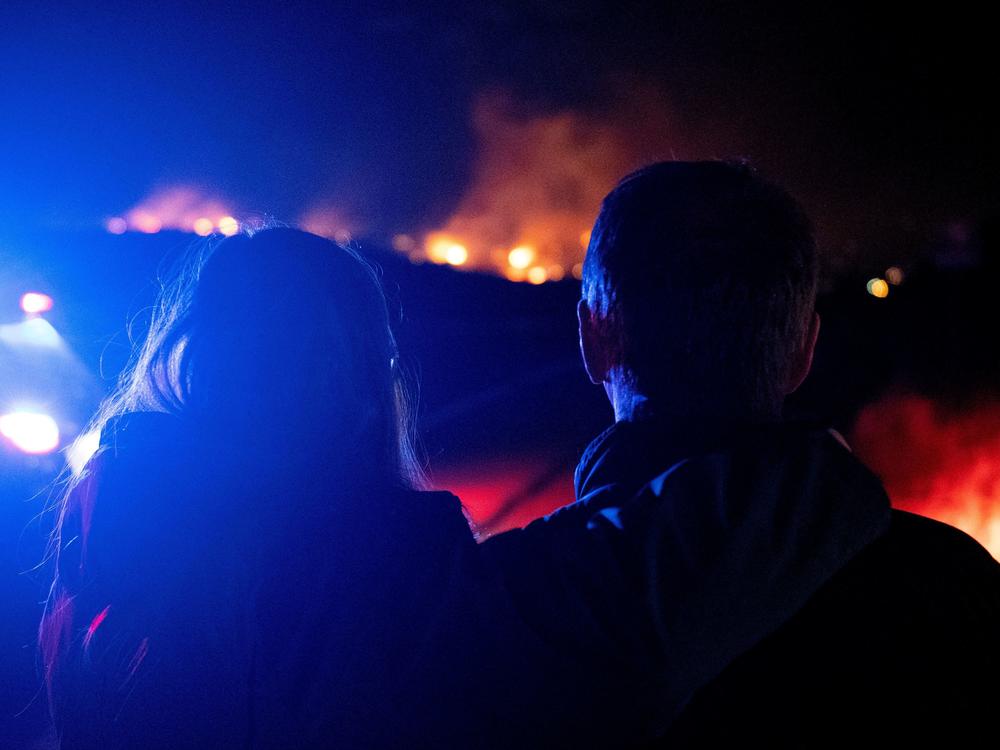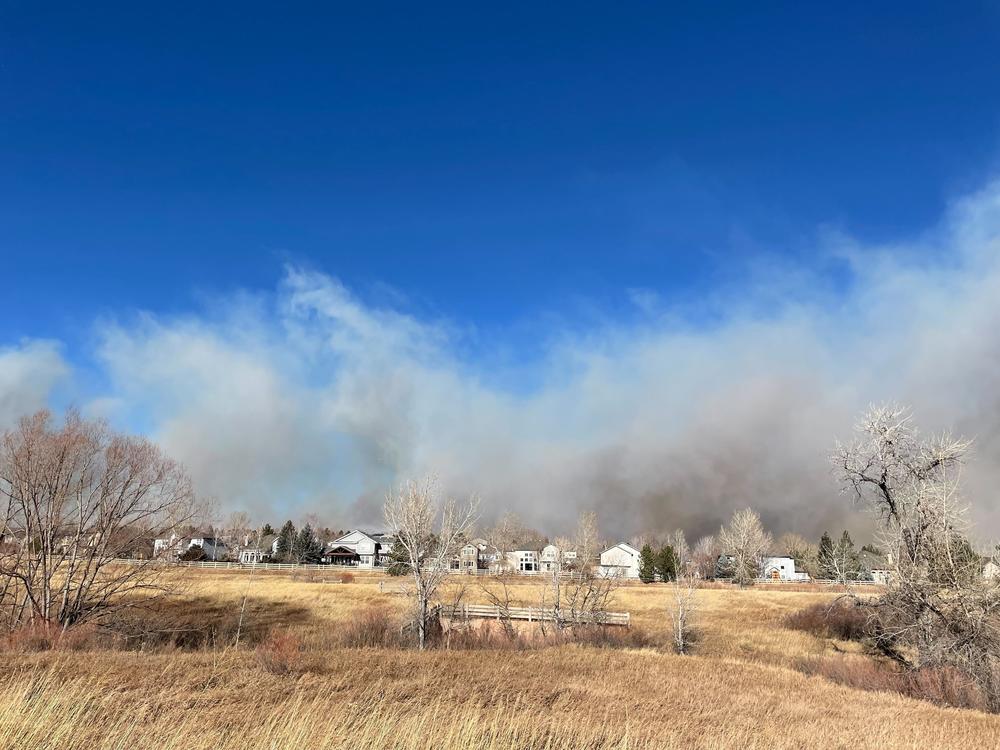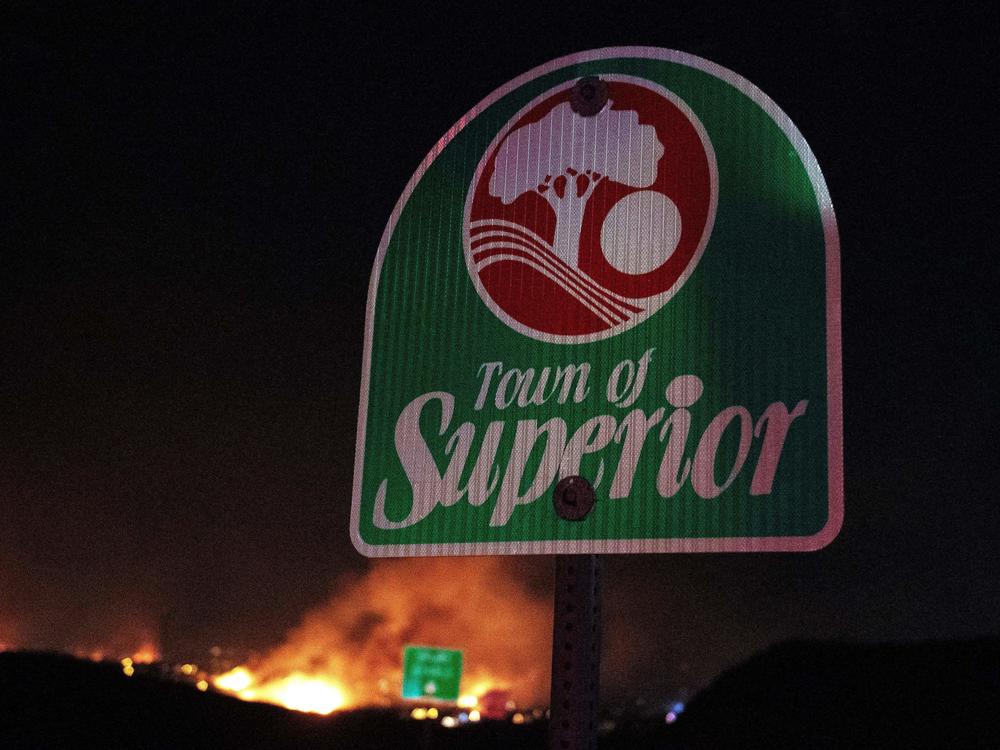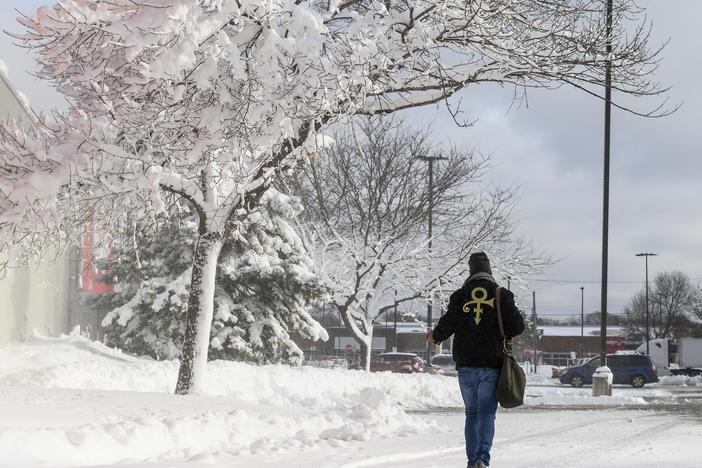Section Branding
Header Content
High winds, severe drought, and warm temps led to Colorado's historic wildfire
Primary Content
An historic wildfire hit Colorado Thursday forcing the evacuation of more than 30,000 people, including patients at local hospitals. Hundreds of homes are reportedly destroyed from the fast-moving flames.
The Marshall Fire and Middle Fork Fire are considered the most destructive wildfires in Colorado history, according to a state legislator. Local meteorologists and climate experts say drought, heavy winds, and recent warm weather created the atmosphere for the wildfire to flourish.
Grass fires and 40-foot-high flames spread to nearly 1,600 acres and engulfed neighborhoods, Colorado Public Radio reported. Boulder County's Office of Emergency Management ordered residents in Louisville, Superior, and Broomfield, Colo. to evacuate.
High winds knocked down power lines in multiple areas, according to Boulder County Sheriff Joe Pelle. Early evidence suggests a sparking power line could have ignited the fires. More than 20,000 people were still without power at around 12 a.m. MST Friday, according to Poweroutage.us.
Droughts and gusty winds are to blame
The late December wildfire is just the cap to a year filled with wild weather in the U.S.
Earlier this month, dozens of tornadoes tore through at least six states killing dozens. In October, a "bomb cyclone" hit Northern California causing more flooding, power outages, and mudslides. And in September, catastrophic levels of rain hit the East Coast causing serious flooding and killing 48 people.
Becky Bolinger, a climatologist at Colorado State University, tweeted the conditions that led to the Marshall Fire had been building for some time.
"The ingredients for a devastating wildfire have been coming together since last spring. A very wet spring 2021 helped grow the grasses," she tweeted. "A very dry summer and fall dried the grasses out and prepared the kindling."
Earlier this week before the wildfires broke out, Bolinger warned of how the warm and dry conditions were trouble and could burn out of control easily with strong winds.
Bolinger said, "We're in the dry season. Expect more fires. Expect more dust events."
The National Weather Service Boulder office said from July 1 to Dec. 29, "Denver has been the driest on record by over an inch. Snowfall is at record low levels, too."
Then came the strong winds on Thursday.
The National Weather Service reported wind gusts of up to 105 mph at the intersection of Highway 93 and Highway 72 in Colorado. Later Colorado State Patrol reported Highway 93 closed after several vehicles were blown over from the wind.
Copyright 2021 NPR. To see more, visit https://www.npr.org.
Bottom Content






